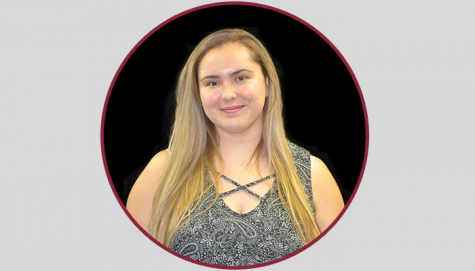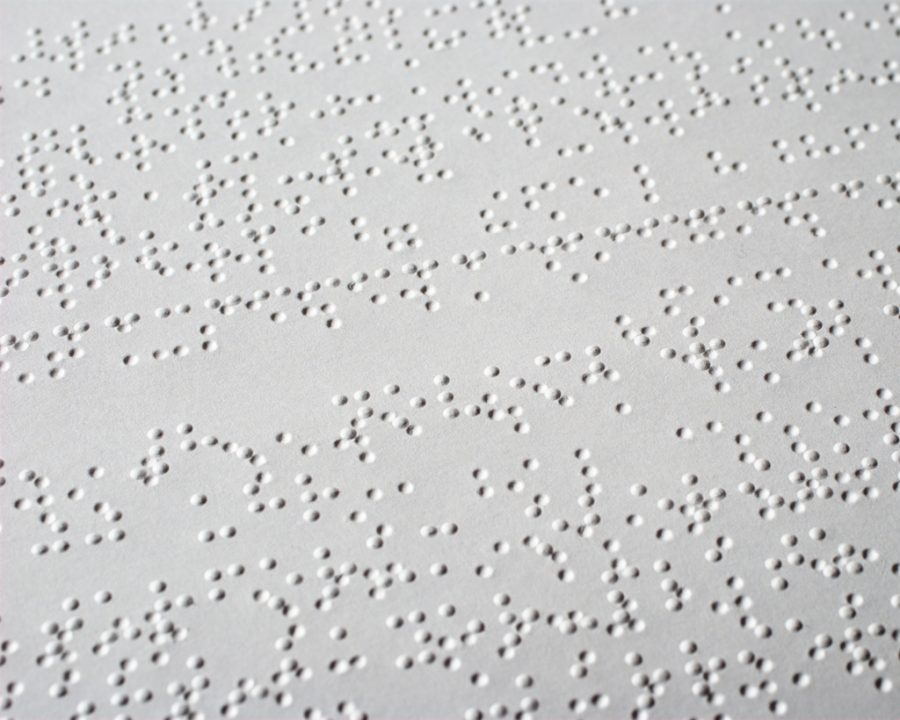January brought awareness to those who are legally blind
The month of January celebrated awareness for Braille Literacy honoring Louis Braille (January 4, 1809-January 6, 1852).
Braille originally developed the Braille Code for people who were classified as blind or for people with low vision.
Students at New Mexico State University that have visual disabilities have support provided by the college under the Student Accessibility Services.
Whatever the degree of visual disability, students should be expected to participate fully in classroom activities, including discussions and group work.
Student Accessibility Services staff, assist students in finding readers, note-takers, tutors, or with a sighted classmate or laboratory assistant.
Trudy Luken works at the Student Accessibility Service and provided information on how students with visual disabilities make college work.
Luken says, “The thing about students with visual disability is that people forget that they can hear, they just can’t see. These students are assigned with a note taker to take notes for them during lecture or a test.”
At the center, there is a cabinet of notes for students that have been encrypted into braille for the students to study. Binder after binder of each chapter of every book that is assigned to the student is made for the student in braille.
As of the 2018 spring semester here at NMSU, there are about 12 students that are considered low vision or blind.
Imagine yourself right now as a college student with your 20/20 vision, college is fairly difficult and a struggle on a day to day basis.
Now picture students that are visually impaired and are attending college too, applauds goes out to those 12 students.
Loana Mason is the Visual Impairment Program (VIP) Director here at NMSU. Mason says that when it comes to attending college, most students with visual impairments will rely on services from the universities disability access services.
Mason has worked with multiple students that have visual impairments from youth to college aged. She says, “University students take both face-to-face and online classes depending on their preferred learning style and personal circumstances.”
Mason says that there usually are not specific campus-based clubs for students with visual impairments. Part of the reason is that there are so few students on campus.
However, a bigger reason is that students typically join clubs based on their interests, not necessarily based on their disability.
There are however two national advocacy organizations comprised of people with visual impairments of all ages who are interested in advocating on blindness related issues. These organizations are the American Council for the Blind (ACB) and the National Federation of the Blind (NFB).
Mason understand the struggle that these students have to face on a day-to-day basis. She lists a few setbacks for students with visual impairments.
Mason says, “In addition to difficulties accessing classroom materials, they encounter difficulty accessing information on the library bookshelves, vending machines, bulletin boards, food menus, and washer/dryer knobs.”
Campuses are also difficult travel environments with their spread-out buildings, meandering sidewalks, congested walkways, and speeding bicyclists/skateboarders.
Many people are uncomfortable with disability, and thus, it can also be challenging for students with visual impairments to make friends.
For every student attending NMSU, being open minded is a logical tool that can make a person grow throughout their life. Understanding ones person difficulty is a mask of their strengths.
Mason holds a quote by Joel Arthur Barker dear to her heart.
Barker says, “Vision without action is merely a dream. Action without vision just passes the time. Vision with action can change the world.”

Gianni Nicole Villegas is entering her 4th year at New Mexico State University and majoring in Secondary Education with an emphasis in history. She is...

